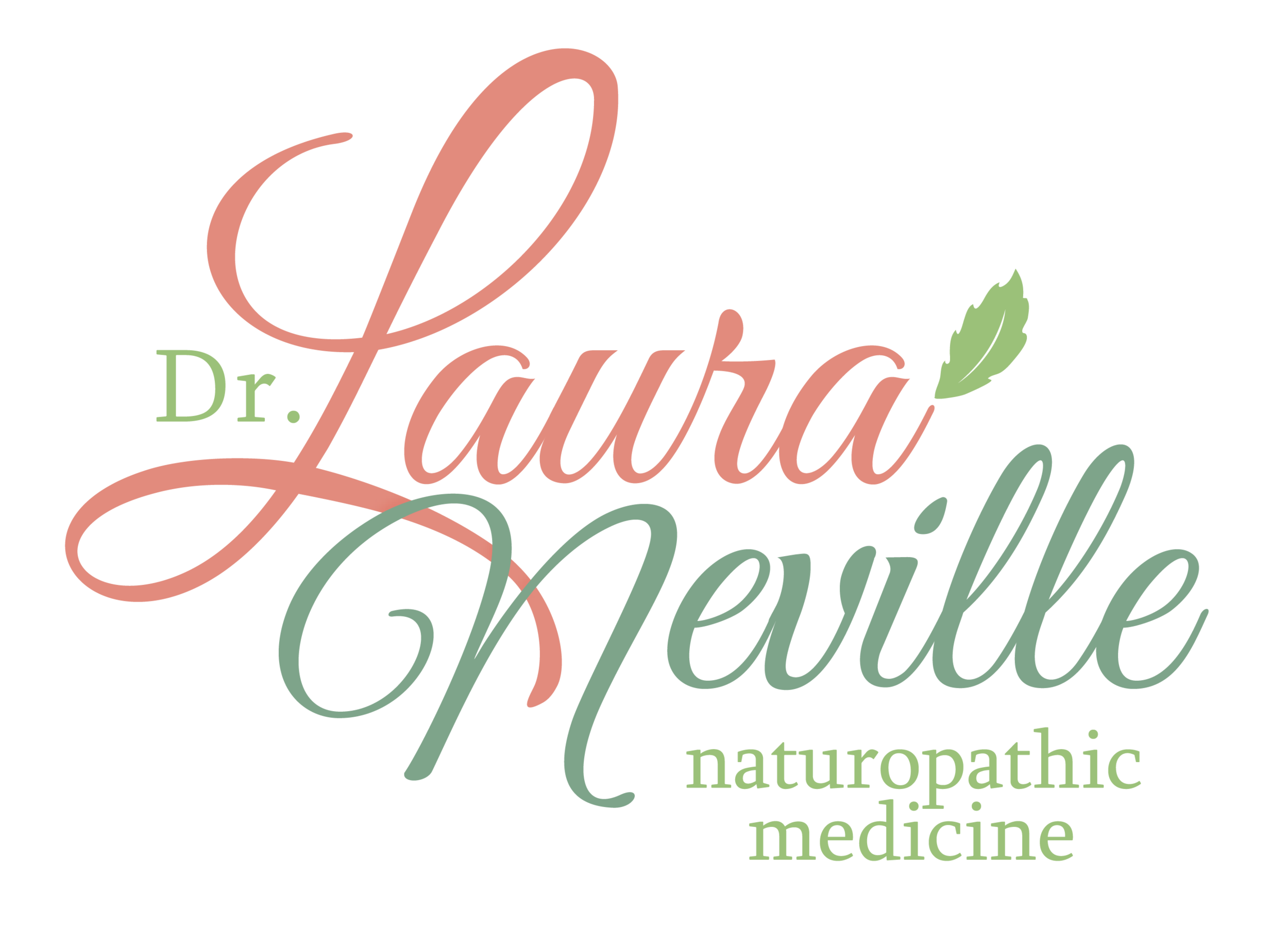Why are people scared of hormone replacement?
In order to fully understand all the confusing information out there, let’s start from the beginning . . .
How it all Began:
In the early 1900s estrogen was discovered/isolated. Big Pharma found abundant estrogen in the urine of pregnant horses. Premarin (pregnant mare’s urine) was then approved in 1942. By 1975, it was found that while Premarin was very successful at treating menopause symptoms, it increased the risk of endometrial hyperplasia and endometrial cancer. By the early 1980s, the concurrent use of a progestin was found to prevent overgrowth and cancer of the uterus.
Also in the 1980s, there were reports of bone density preservation and reduced cardiovascular issues.
Then, in 1985, the Framingham Heart Study suggested cardiovascular harm in those taking Premarin combined with a progestin.
But then several cohort studies published in the late 1980s, including the Nurses Health study, the Leisure World Study, and a Kaiser Permanence study, all with long term follow-up, showed a reduction in cardiovascular risk for women using hormone replacement.
Because of the inconsistent findings, it was suggested that the cohort studies were biased to a “healthy user” effect. So the NIH granted funding to complete a large, randomized, prospective clinical trial to really get to the bottom of the cardiovascular risk- this was the Women’s Health Initiative.
Since cardiovascular disease mainly affects older women, older women (average age of 63) were purposefully recruited.
In July 2002, a press conference announced the preliminary findings of the study, and focused on the harms identified with HRT. The benefits were not mentioned at this time. Shocked patients and physicians stopped HRT, and chaos ensued.
Since 2002 the risks and benefits of hormone replacement have been hotly debated.
From preservation of function, prevention of disease, type of HRT, form of administration, dose, length of therapy, to age at initiation, the debate continues.
Issues with the WHI:
To date, most data used to determine HRT appropriateness is based off of the WHI. Naturally, there are several issues with using just one study to determine all HRT decisions.
The patient population was almost a decade older on average than women undergoing the menopausal transition and were generally asymptomatic.
The hormonal formulations studied, although the most commonly prescribed drugs at the time (Premarin, a CEE and Medroxyprogeterone acetate/MPA), are not the most commonly recommended hormones in 2024 (today it is usually a transdermal estradiol and an oral progesterone).
The human body makes three different types of estrogen, including a molecule called 17B-estradiol or E2. Conjugated equine estrogen (CEE) is a different, much more complex molecule. CEE differs from 17B-estradiol in respect to structure, estrogen receptor binding, and cardiovascular effect. CEE also contains many types of estrogen not found in the human body.
In 1996, it was discovered that there are 2 unique estrogen receptors- alpha and beta or (a and b). Estradiol binds equally to a and b estrogen receptors. CEE binds predominantly to estrogen receptor b. CEE increases inflammatory markers (crp) and matrix metalloprtoeinase 9 (which breaks down collagen).
Medroxyprogeterone acetate may also have contributed to an increased risk for breast cancer and other metabolic effects seen in the WHI. MPA increased insulin resistance and enhances thrombotic risk when added to estrogen therapy. Micronized progesterone has not been associated with either.
And that’s not all:
In my next email, I will send information on several other studies so that we can get a more well rounded understanding.
In the meantime, please realize . . .
The 2002 Women’s Health Initiative (WHI) initial results, which treated a population of older, asymptomatic patients, have been extrapolated over the past 21 years to ALL estrogen products, ALL menopausal women, and ALL delivery mechanisms.
YOU deserve a more nuanced, individualized approach.
Conjugated equine estrogens and medroxyprogesterone acetate (used in the Women’s Health Initiative/WHI study) are no longer the predominant form of HRT for management of menopausal symptoms.
All hormones are not equivalent.
Formulation, route of administration, dose, timing, testing methodologies, and symptom tracking all need to be taken into account.
We need to stop quoting the WHI results as if they apply to anyone and everyone.
In fact, it applies to NONE of my patients.
More to come!
💕
Dr. Laura Neville
